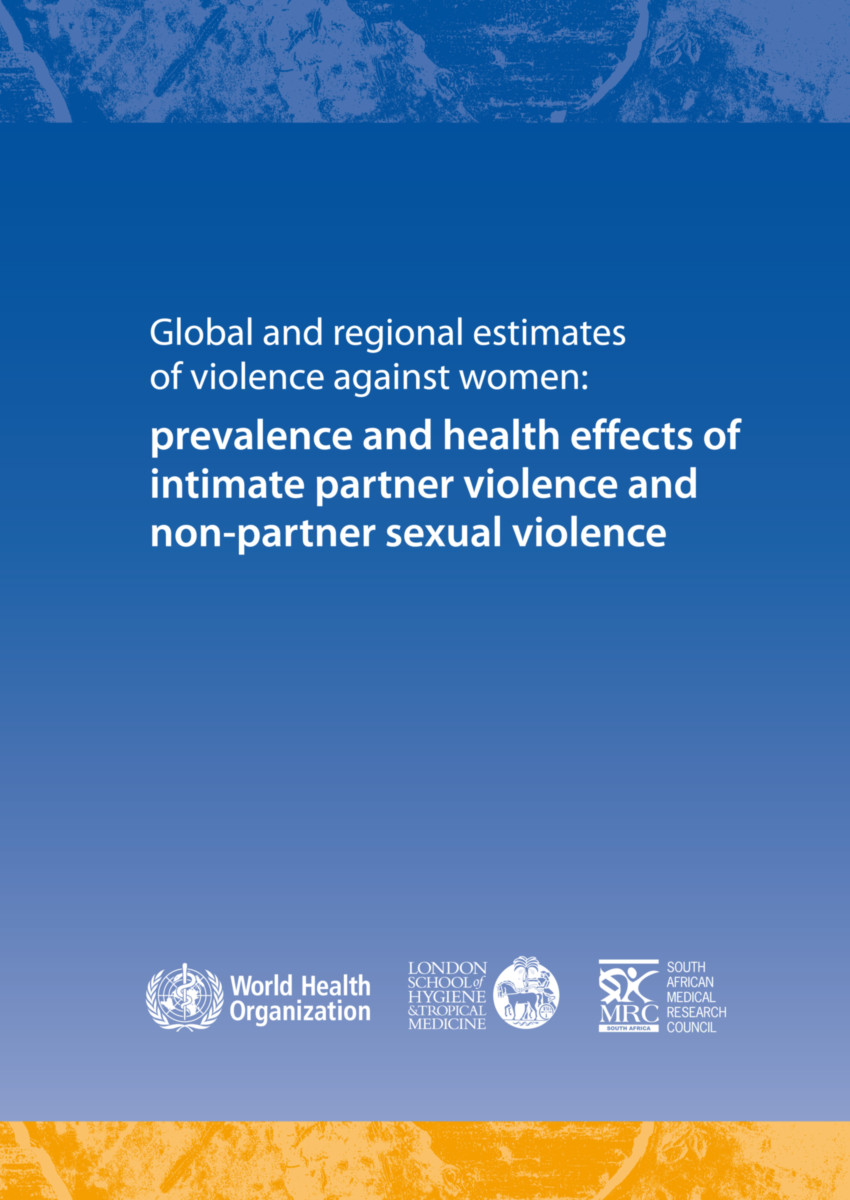Global and Regional Estimates of Violence Against Women
Prevalence and Health Effects of Intimate Partner Violence and Non-partner Sexual Violence
- Publisher
World Health Organization - Published
5th November 2013 - ISBN 9789241564625
- Language English
- Pages 56 pp.
- Size 8.25" x 11.75"
Violence against women is not a new phenomenon nor are its consequences to women's physical, mental and reproductive health. What is new is the growing recognition that acts of violence against women are not isolated events but rather form a pattern of behavior that violates the rights of women and girls, limits their participation in society, and damages their health and well-being. When studied systematically, as was done with this report, it becomes clear that violence against women is a global public health problem that affects approximately one third of women globally.
By compiling and analyzing all available data from studies designed to capture women's experiences of different forms of violence, this report provides the first such summary of the violent life events that many women experience. It documents not only how widespread this problem is, but also how deeply women's health is affected when they experience violence.
This report marks a big advance for women's health and rights. It adds to the momentum of the 57th session of the Commission on the Status of Women, which emphasized the need to address the root causes of violence against women and to strengthen multisectoral responses for women who have experienced violence. It also contributes to advocacy efforts such as the United Nations Secretary General's campaign UNiTE to end violence against women.
World Health Organization
World Health Organization is a Specialized Agency of the United Nations, charged to act as the world's directing and coordinating authority on questions of human health. It is responsible for providing leadership on global health matters, shaping the health research agenda, setting norms and standards, articulating evidence-based policy options, providing technical support to countries, and monitoring and assessing health trends.


